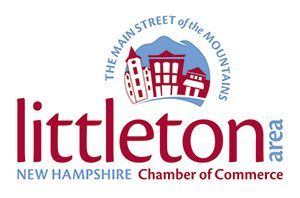
The company was commanded by Captain Michael Hutchins and formed part of Colonel Jacob Bayley’s brigade, one of the militia units raised from the Cohos country. These were farmers, millers, and shopkeepers from the Connecticut River Valley—men who set aside plows to take up arms when General Gates called for reinforcements against General Burgoyne’s British army pressing down from Canada.
Records in The History of Haverhill, New Hampshire show familiar surnames in the rolls: Sawyer, Hazen, Ladd, and others still found on mailboxes across Grafton County. Their service wasn’t long, but it came at a decisive moment. By late September and early October, militia companies from New Hampshire and Vermont were streaming into the American camp around Saratoga. Their presence helped swell the ranks and stiffen resolve before the battles that turned the tide of the war.
The term “to October 5” appears again and again in those muster sheets, a reminder of how militia enlistments worked. Men pledged for a few weeks or months, long enough to respond to an emergency, then returned home before the snows set in. For Haverhill, the expiration date meant the men were back in time for harvest, though they had left their mark hundreds of miles to the west.
We often picture the Revolution as fought by Continental soldiers in blue coats, but the truth is plainer. It was fought by men like those from Haverhill—farmers who answered a call, marched out under Captain Hutchins, and stood long enough to help tip a campaign. Their brief service, ending on October 5, 1777, was part of the chain that led to Burgoyne’s surrender at Saratoga—a turning point recognized around the world.
Sources
Whitcher, William F. History of the Town of Haverhill, New Hampshire. 1919. Muster rolls listing Captain Michael Hutchins’s company, Col. Jacob Bayley’s brigade, service ending October 5, 1777.
New Hampshire Revolutionary War Rolls, State Papers Series.
Have a story?
Let's hear it!
(802) 757-2773
(603) 787-2444
news@thebridgeweekly.com




